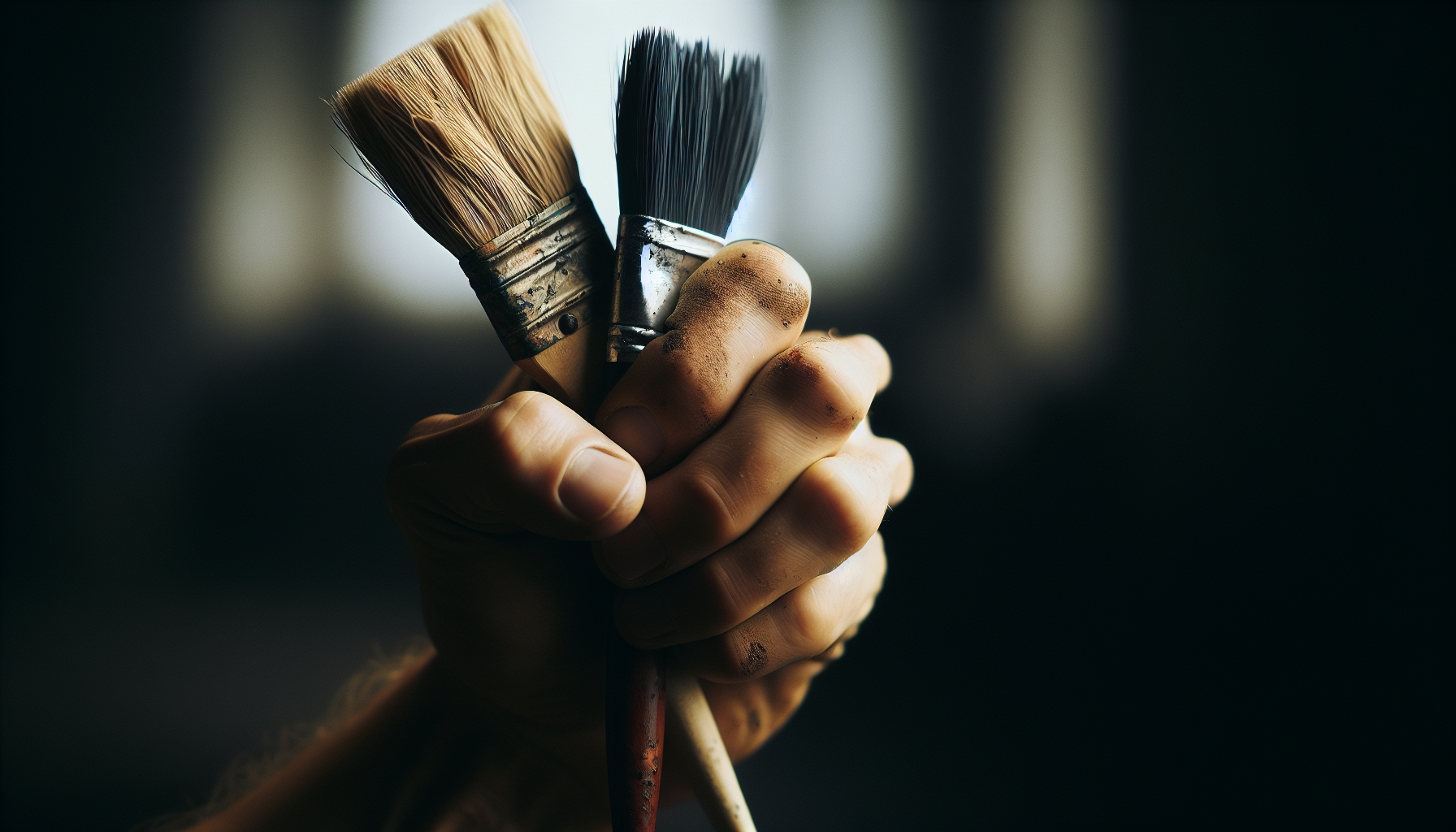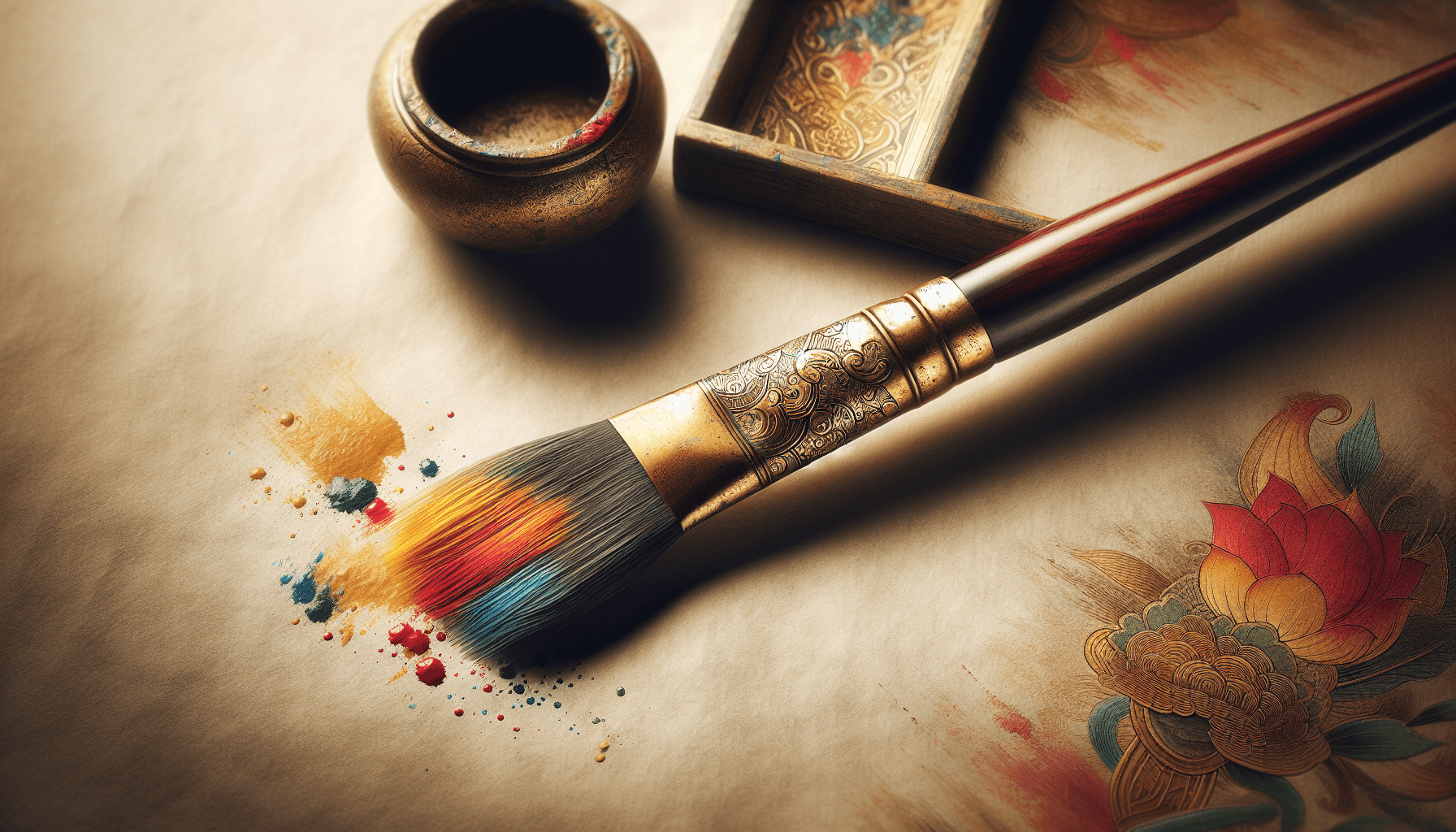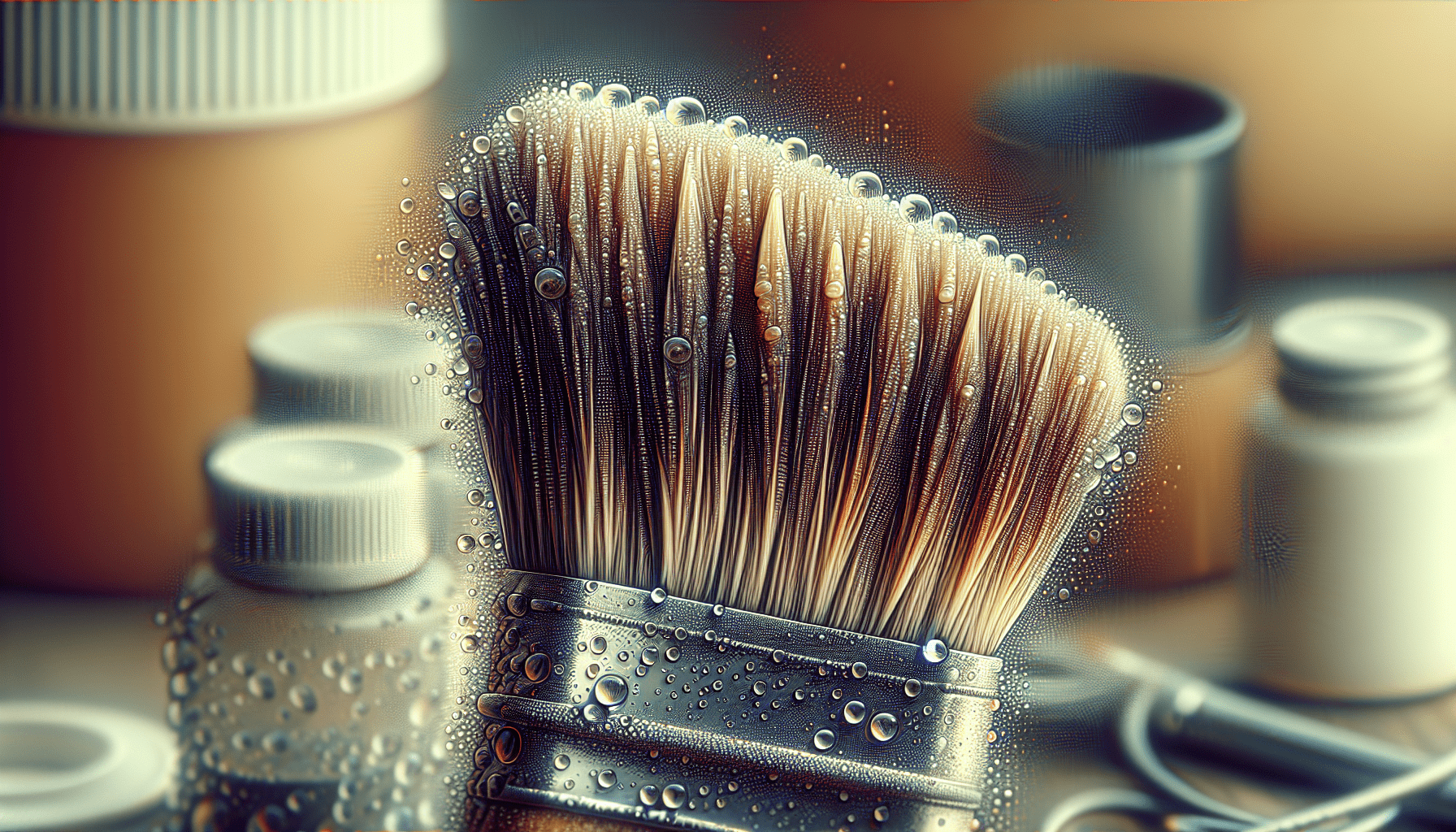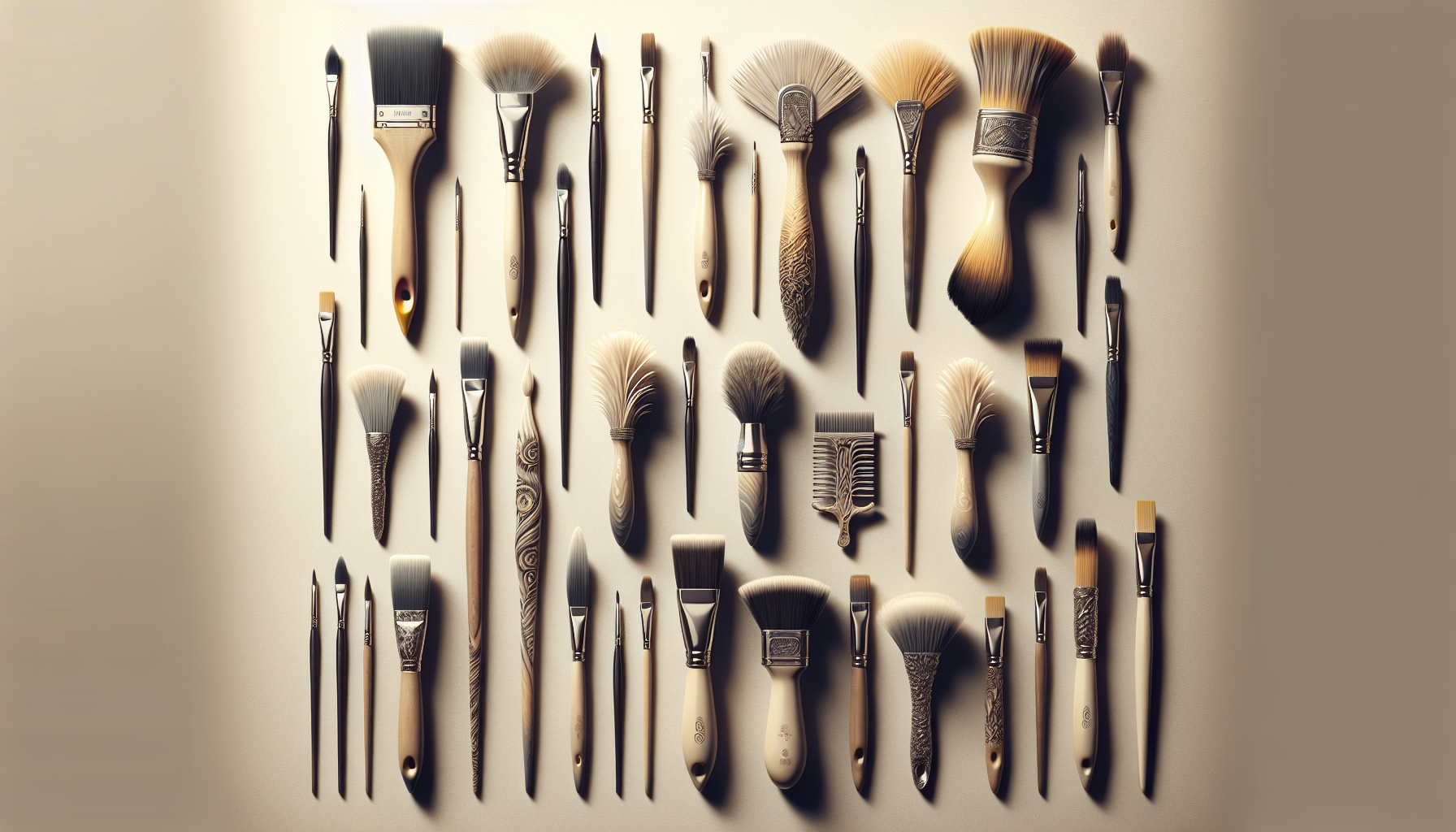Have you ever stood in front of a seemingly endless array of paint brushes, wondering if there’s a science to choosing the perfect one? Your choice of paint brush can significantly affect the quality of your work, whether you are painting a masterpiece on canvas or adding a fresh coat to your living room wall. The decision in choosing between natural and synthetic bristles is crucial and should be based on your specific project needs. This exhaustive guide aims to clarify your understanding, assisting you in making an informed decision.
Understanding the Basics of Paint Brushes
Before delving into the advantages and disadvantages of natural vs. synthetic bristles, it’s essential to understand what each term means and what you should be looking for in a paint brush. The anatomy of a paint brush consists of several parts: the bristles, ferrule, and handle. Both bristle types have unique characteristics and can greatly impact your painting experience and the final result.
Anatomy of a Paint Brush
Every paint brush comprises several key components, each serving a specific function:
- Bristles: The filament part of the brush, which holds and applies paint.
- Ferrule: The metal piece that connects the bristles to the handle.
- Handle: The part you hold; it’s usually made of wood or synthetic material.
The type of bristles affects how paint is applied and the finish it leaves behind. Thus, your project requirements will largely dictate your bristle choice.
Understanding Natural Bristles
Natural bristles are made from animal hair, commonly hog hair, and are valued for their softness and smooth application. They are generally preferred for oil-based paints and varnishes due to their ability to hold more paint and give a smooth, even finish.
Characteristics of Natural Bristles
Natural bristles have the following key characteristics that might influence your decision:
- Softness: Provides a smooth application with the ability to spread paint evenly.
- Paint Holding Capacity: Can hold a considerable amount of paint due to split ends.
- Durability: With proper care, they can be quite durable.
- Price: Usually more expensive than synthetic options due to the cost of materials.
Natural bristles are renowned for their ability to hold a significant amount of paint, providing excellent coverage along with a more traditional painting experience.
Pros and Cons of Natural Bristles
To help in making a sound decision, the following table summarizes the benefits and limitations of natural bristles:
| Pros | Cons |
|---|---|
| Excellent paint holding capacity | Less effective with water-based paints |
| Provides smooth, even application | Can become damaged if not cleaned properly |
| Durable with proper care | Higher price point |
While natural bristles can deliver a flawless finish, they require attentiveness in cleaning and storage to maintain their quality over time.

Understanding Synthetic Bristles
Synthetic bristles are generally made from nylon, polyester, or a blend of both. They have become increasingly popular due to advancements in technology that allow them to mimic the characteristics of natural hair closely.
Characteristics of Synthetic Bristles
Synthetic bristles offer different attributes, which are beneficial depending on what you need in a paint brush:
- Versatility: Suitable for both water-based and oil-based products.
- Durability: Less prone to damage from paint stripping chemicals.
- Price: Often more affordable than natural bristle brushes.
- Easy to Clean: Tend to clean up better than natural bristles, especially with water-based paints.
Synthetic bristles are designed to provide consistent performance with a broader range of paints, including both water-based and oil-based variants.
Pros and Cons of Synthetic Bristles
The table below illustrates the benefits and drawbacks of using synthetic bristles:
| Pros | Cons |
|---|---|
| Suitable for a wide range of paints | May not achieve the smoothness of finish that natural bristles can offer |
| Cost-effective | Can be less absorbent than natural bristles |
| Easy to clean and maintain | Can become stiff with use of oil-based paints |
With synthetic bristles, you enjoy noteworthy versatility and ease of maintenance, although they might not always achieve the rich finish that natural bristles can offer.
Comparing Natural and Synthetic Bristles
Choosing between natural and synthetic bristles necessitates a balance between your project requirements, budget considerations, and personal preference. Understanding how their differences and similarities influence various painting tasks is vital.
Differences Between Natural and Synthetic Bristles
Here are the primary distinctions that might sway your decision:
- Material Source: Natural bristles are sourced from animal hair, whereas synthetic bristles are derived from man-made materials.
- Performance: Natural bristles work best with oil-based paints, offering a smooth finish, while synthetic bristles are versatile with various paints.
- Durability and Care: Natural bristles require meticulous care, whereas synthetic bristles are more forgiving.
Choosing the Right Brush for Your Project
Your choice can depend on factors such as the paint type you plan to use, the surface being painted, and your desired finish. Here are some pointers to consider:
- For projects involving oil-based paints, natural bristles might be the best option due to their paint holding capabilities and smooth application.
- When working with water-based paints or varnishes, synthetic bristles can be advantageous due to their adaptability and ease of cleaning.
- If budget constraints are a significant consideration, synthetic bristles usually offer great value.
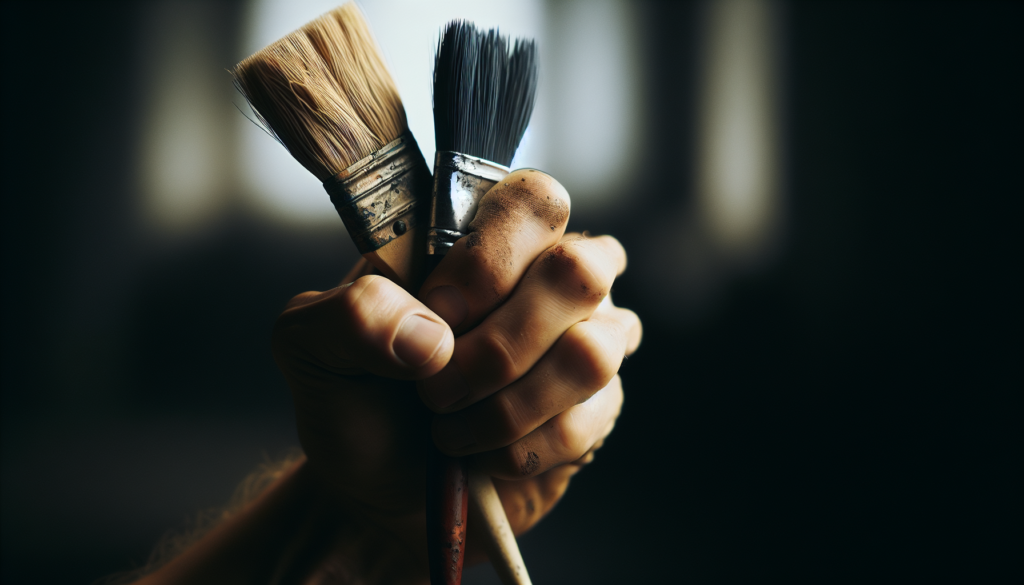
Maintenance and Care for Your Brushes
Proper maintenance extends the life and effectiveness of your brushes, regardless of the type. Here are some tips and techniques for maintaining your paint brushes:
Cleaning Natural Bristle Brushes
- Always clean immediately after use, especially after using oil-based paints.
- Use mineral spirits or a suitable solvent to remove paint and residue.
- Rinse thoroughly with warm soapy water and reshape the bristles before drying.
- Store them lying flat or hanging upside down to maintain the bristle shape.
Cleaning Synthetic Bristle Brushes
- Clean with warm water if using water-based paints. For oil-based paints, use appropriate solvents.
- Rinse well to remove all paint and reshape the bristles during drying.
- Like natural bristles, store them without bending to preserve their shape.
Conclusion
Whether you opt for natural or synthetic bristles, understanding their unique attributes helps you tailor your choice to specific project requirements. Considering factors such as paint type, application surface, finish quality, and your willingness to maintain the brushes can guide you to the right decision. By following proper care, you ensure that your brushes last longer and function optimally. Ultimately, your brush choice can significantly impact your painting results, making it a critical decision in your artistic or home improvement endeavors.
